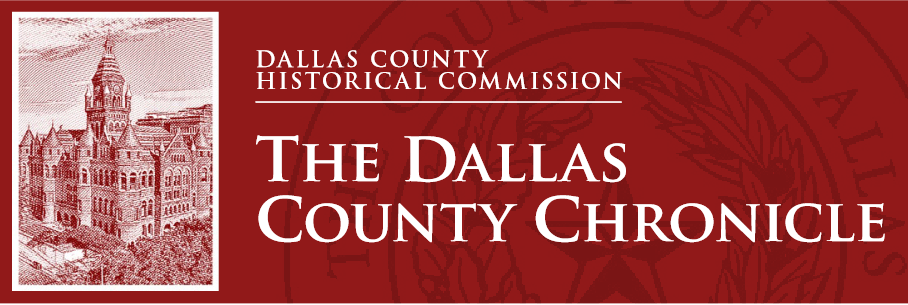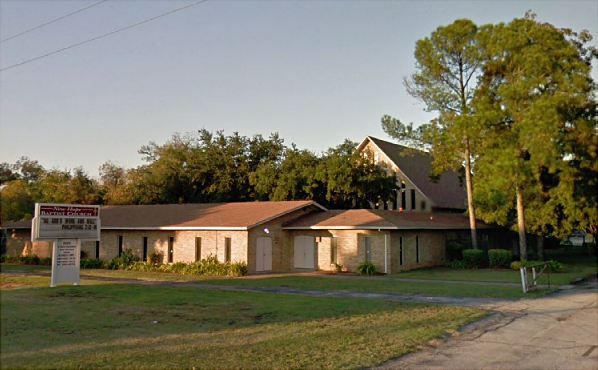Interwoven: Dallas History and New Hope Baptist Church

The information and photographs for this article were graciously provided by Ernest Goode. It has been reprinted with permission from the Dallas County Historical Commission. The article was originally published in the Dallas County Chronicle, Volume 18, Issue 2, Spring 2019, page 4.

To know the history of a community, one often has to look no further than the history of a local church, and the relationship of New Hope Baptist Church to both Dallas and the city’s black population is no different. New Hope was created in 1873 by seven black families, making it the first church in Dallas to be entirely organized by African Americans. Located first in the home of one of its founding families near present-day Fairmount Street and Munger Avenue, it soon moved a few blocks east of what eventually became Central Expressway.
Rev. Allen R. Griggs became the church’s pastor in 1874, and with his guidance, the church quickly began working to deliver the “new hope” that its name promised. In 1875, Griggs started a grammar school for ex-slaves, and by 1878, he had built the first high school for the city’s freed children. In that same year, he started the state’s first African American newspaper.
In 1892, the Negro Ladies Reading Circle was founded by eight teachers, two of whom were members of New Hope. In 1893, the Colored State Baptist Convention held a three-day conference at the church to discuss the progress that blacks had made since the Civil War.
Building upon the Reading Circle, the church, under Rev. A. S. Jackson (who became the church’s longest-serving pastor), regularly brought nationally known African Americans to Dallas like Booker T. Washington, W.E.B. Dubois, soprano Matilda Sissieretta Joyner Jones (who sang for four U.S. presidents), and concert violinist Joseph Douglass (who played for two presidents). At the same time, it also worked to encourage and assist African Americans in registering to vote and paying their poll taxes.
Not surprisingly, New Hope members became leaders in both their profession and in the community. In all, six members have had schools named after them. Griggs Park, which is located near where the church was founded, is named after Rev. Griggs. Frederica Chase Dodd helped establish the Delta Sigma Theta sorority at Howard University and became one of the first black social workers in Texas. Maynard Jackson, Jr., who was both the grandson of Rev. Jackson and the son of Rev. Maynard Jackson, Sr., another of New Hope’s head pastors, became the first African American mayor of Atlanta. A. Maceo Smith was appointed deputy director of the Hall of Negro Life at the Texas Centennial Exposition, served on the national board of the NAACP, and became assistant regional administrator for the U.S. Department of Housing and Urban Development with a federal building later being named after him. L.A. Bedford became the first black municipal judge in Dallas. Dr. H. Rhett James, who became pastor in 1958, helped desegregate the first lunch counter in Dallas and became the first African American to receive a master’s degree in theology from TCU.
In 1968, as the church neared its 100th birthday, it moved from its longstanding home on the northeastern edge of downtown to a newly-constructed sanctuary three miles south. However, while its location may have changed, its work and its spirit have not—as evidenced by its “Showers of Blessing” ministry for the indigent—as it continues to both serve the community and create new history with the city.

